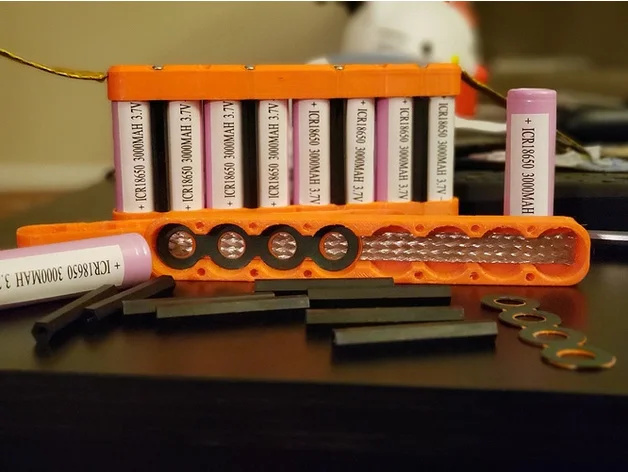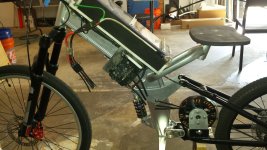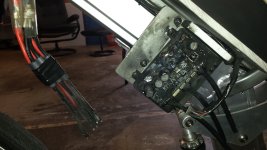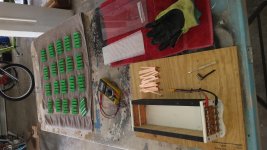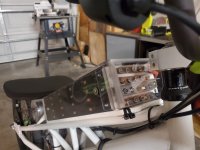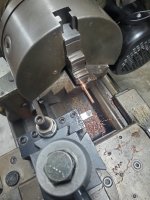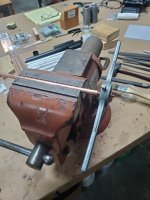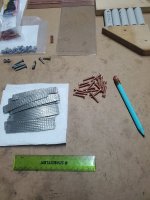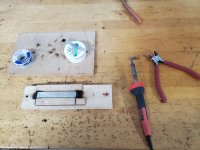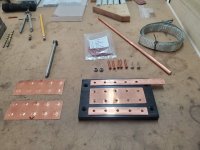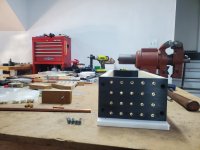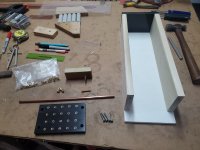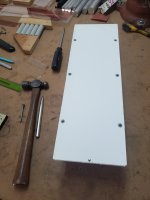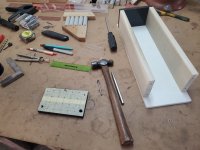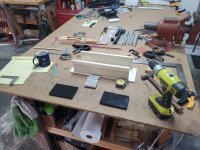eMark
100 kW
This post may be the 25th post on this page so that it will soon be gone with my following post on p.4 showing fabrication photos by monkmartinez hopefully followed by his response below the photo(s) i'll post of his no-weld fabrication. FWIW, here goes with my reply to Hh previous comments to me  ...
...
It's not as if a DIY spot-welded pack has never suffered from Xtreme vibration. The point being that it takes a very knowledgeable, highly skilled builder to fabricate a DIY spot-welded pack that can withstand the Xtreme vibration that a skateboard or mountain bike has to endure.
Xtreme vibration is definitely a concern with e-skateboard use. Barncat needs to makeup a 10S4P end-to-end design. Give it a good workout using the jumps and bumps experienced with a skateboarder. Maybe, that's what it will take to convince you that his design concept has merit ... even for skateboard use.
Hillhater said:.. are you suggesting that a welded pack is no simpler than these “loose cell” packs ?
What i was getting at is the end-to-end length of Barncat's design is 5 cells ... so two cell layers could be as much as 10s4Por5P. Thus possibly applicable for e-skateboard use and even some abuse.Hillhater said:..And incase you had not noticed , Bc’s packs ARE 20s and 15 s !
It's not as if a DIY spot-welded pack has never suffered from Xtreme vibration. The point being that it takes a very knowledgeable, highly skilled builder to fabricate a DIY spot-welded pack that can withstand the Xtreme vibration that a skateboard or mountain bike has to endure.
Xtreme vibration is definitely a concern with e-skateboard use. Barncat needs to makeup a 10S4P end-to-end design. Give it a good workout using the jumps and bumps experienced with a skateboarder. Maybe, that's what it will take to convince you that his design concept has merit ... even for skateboard use.


